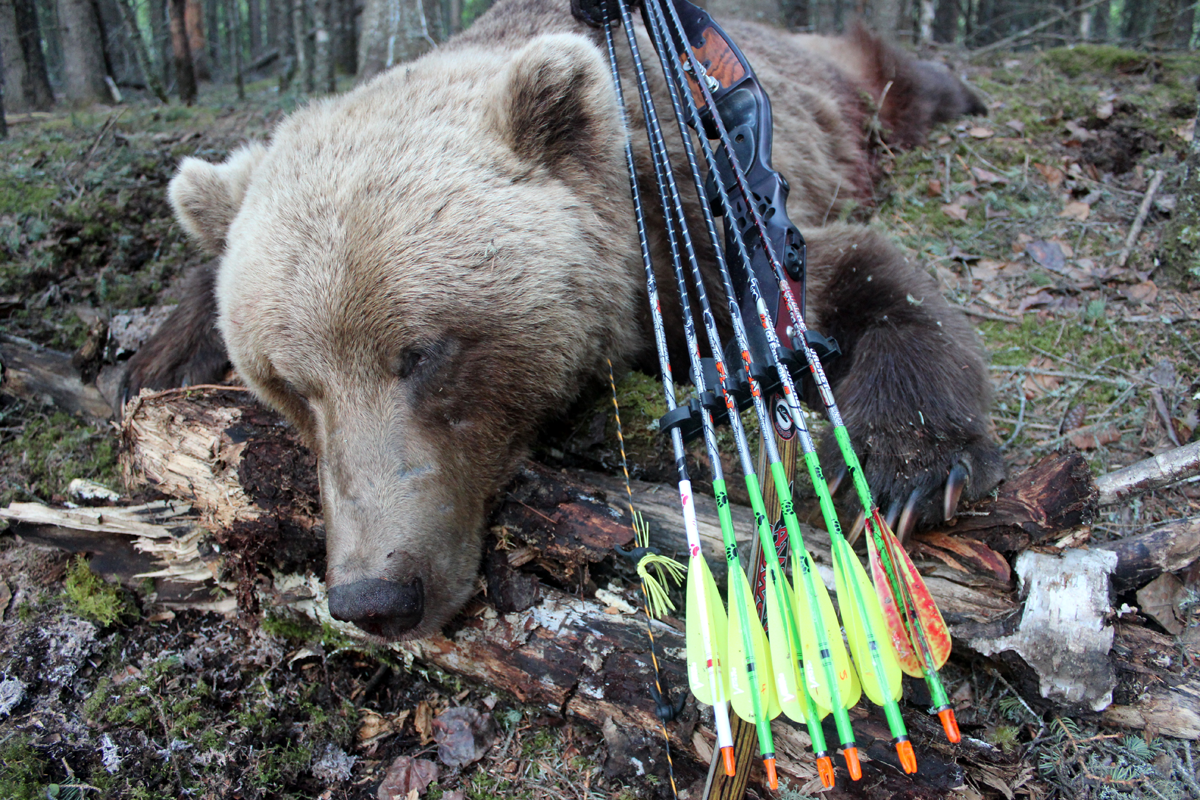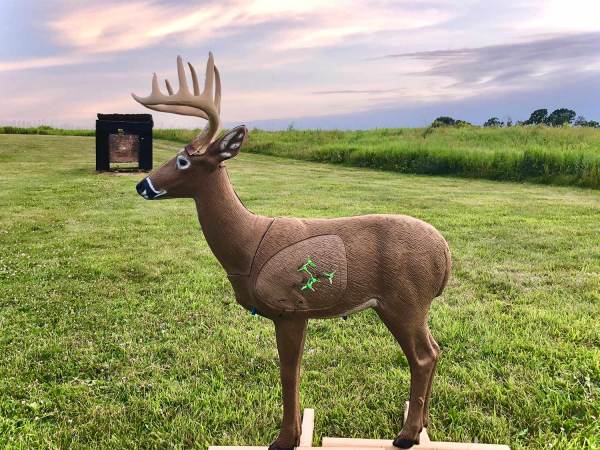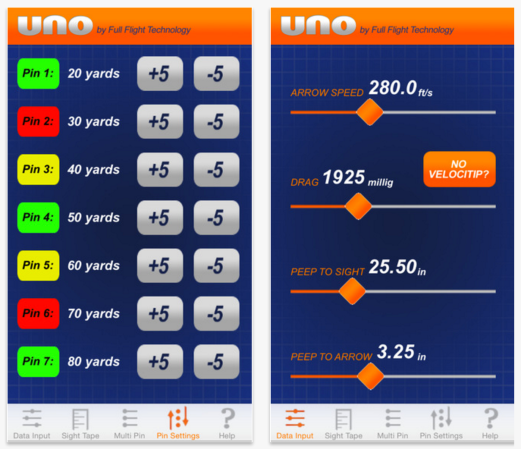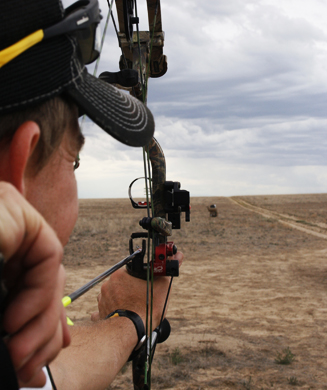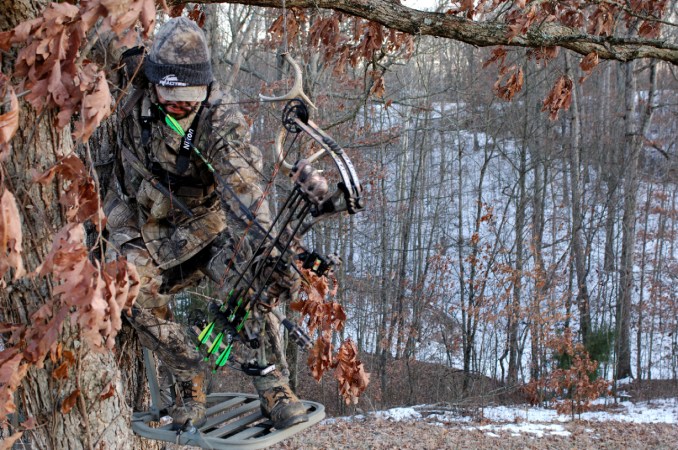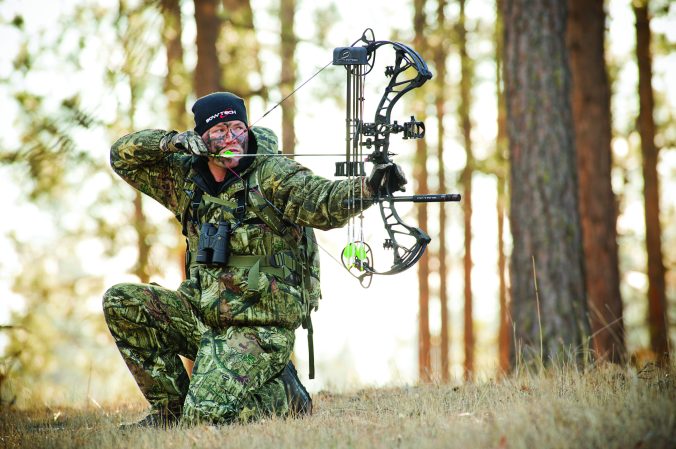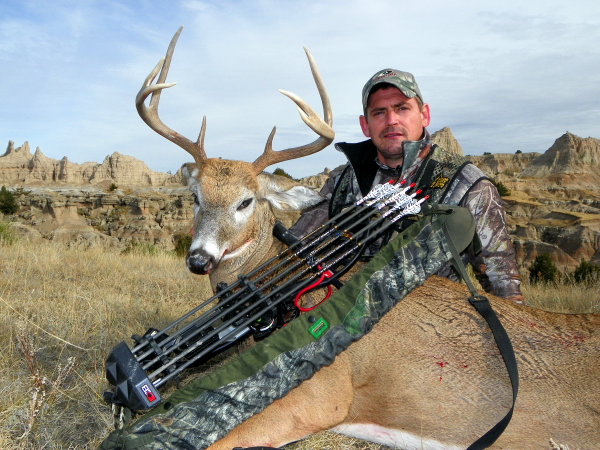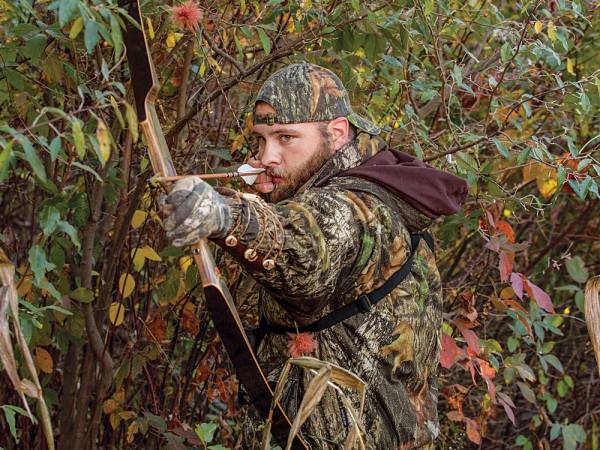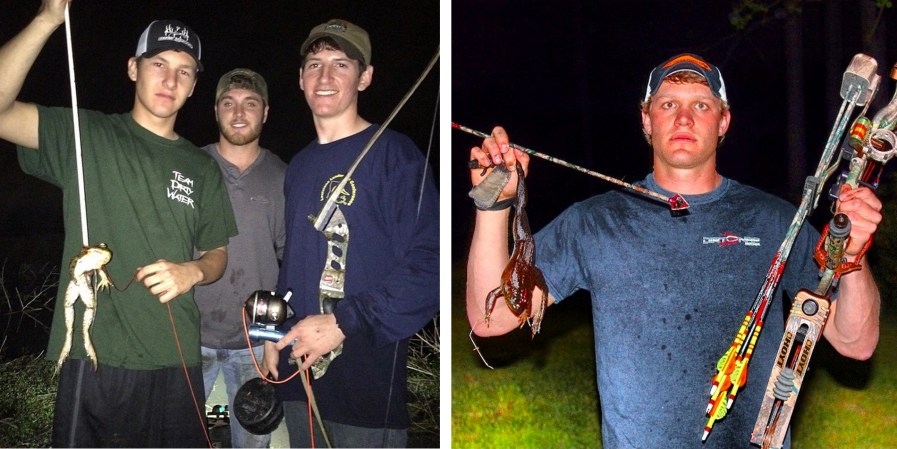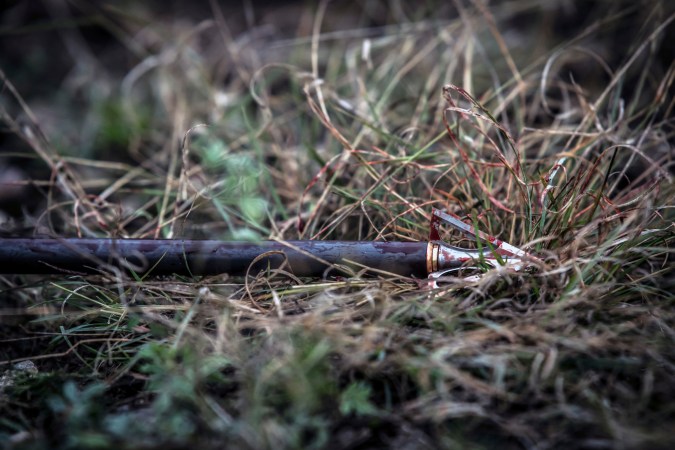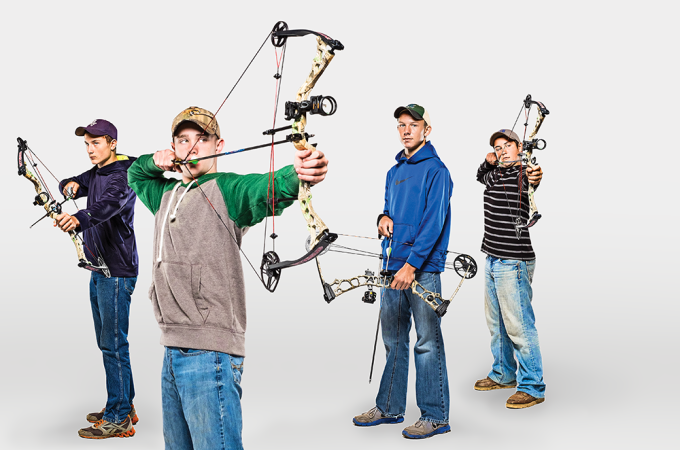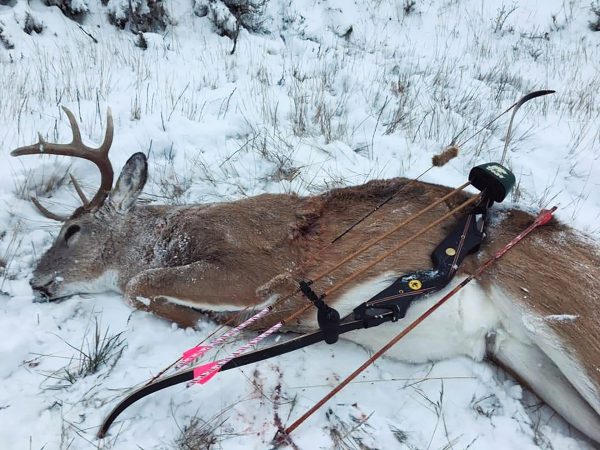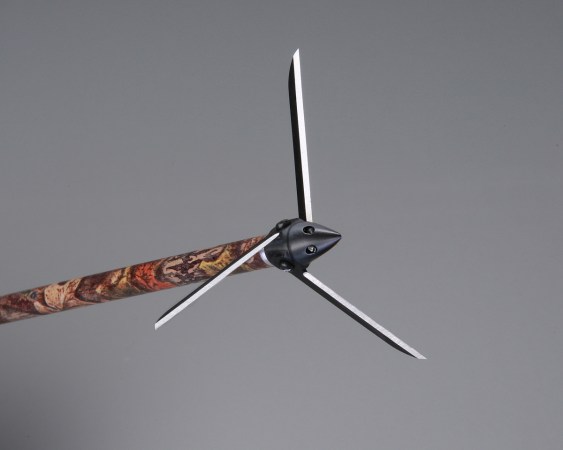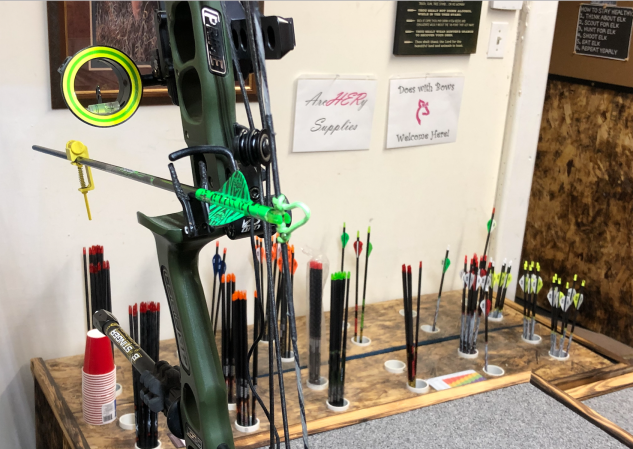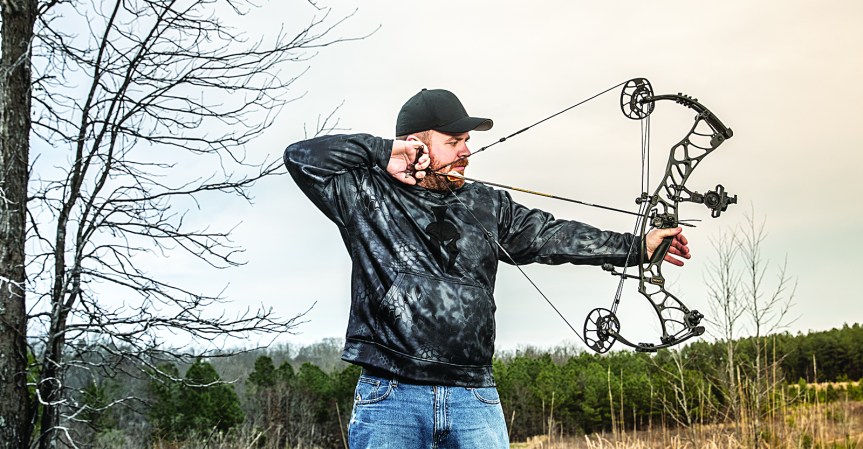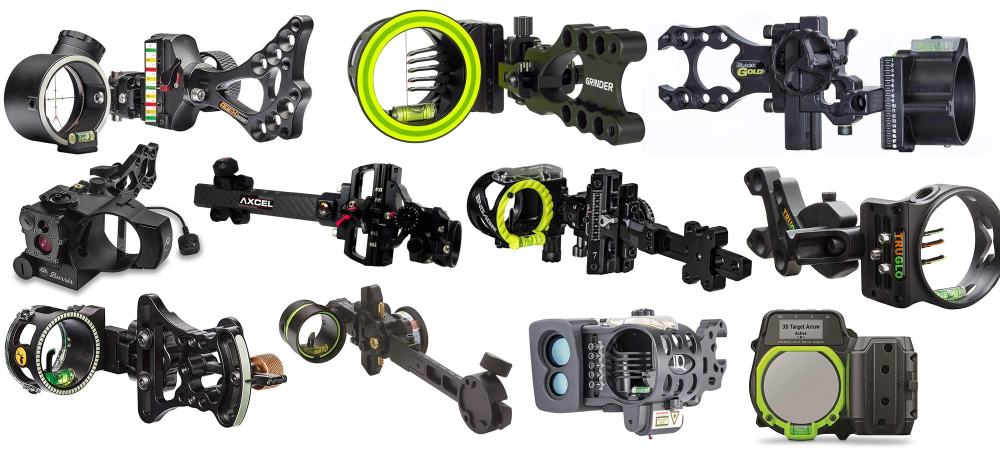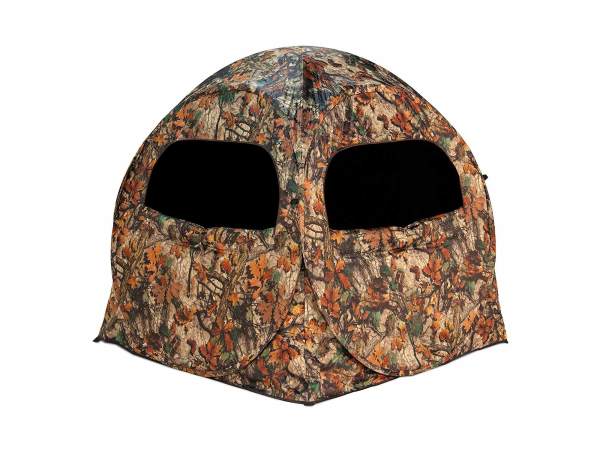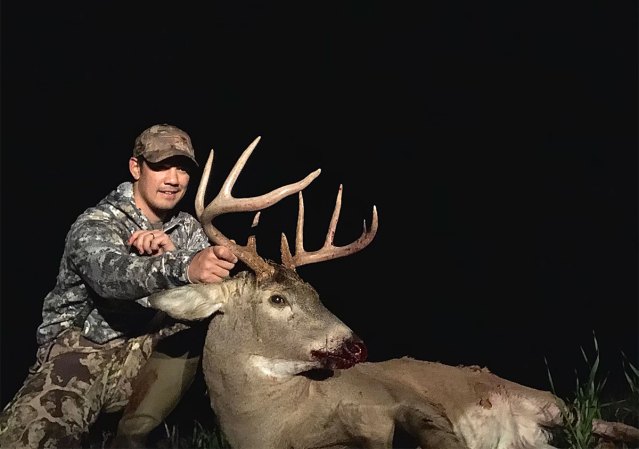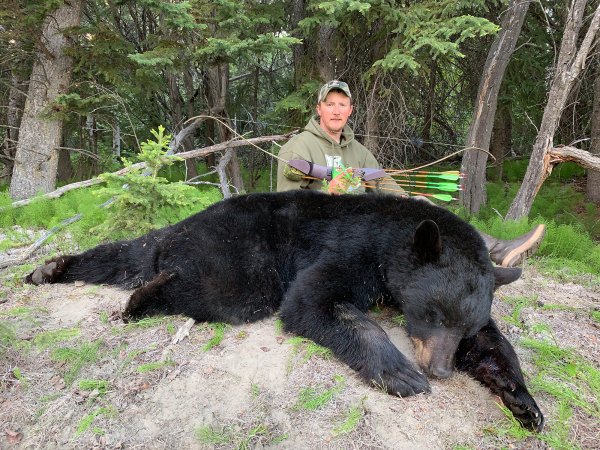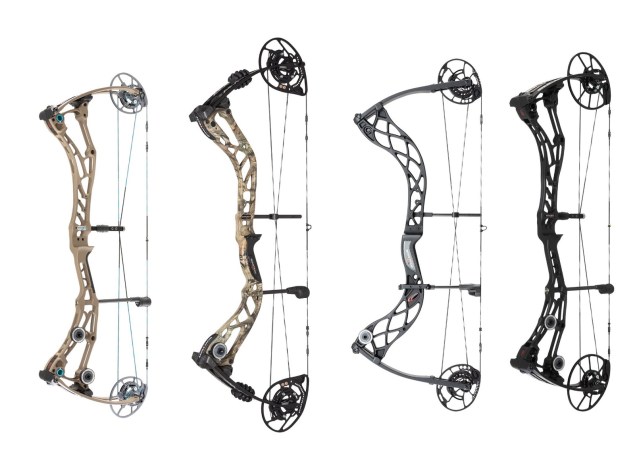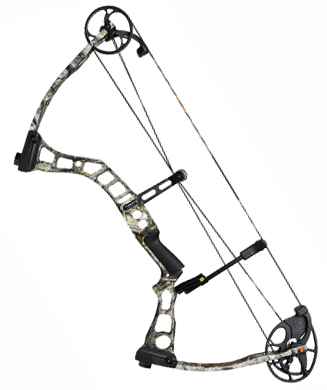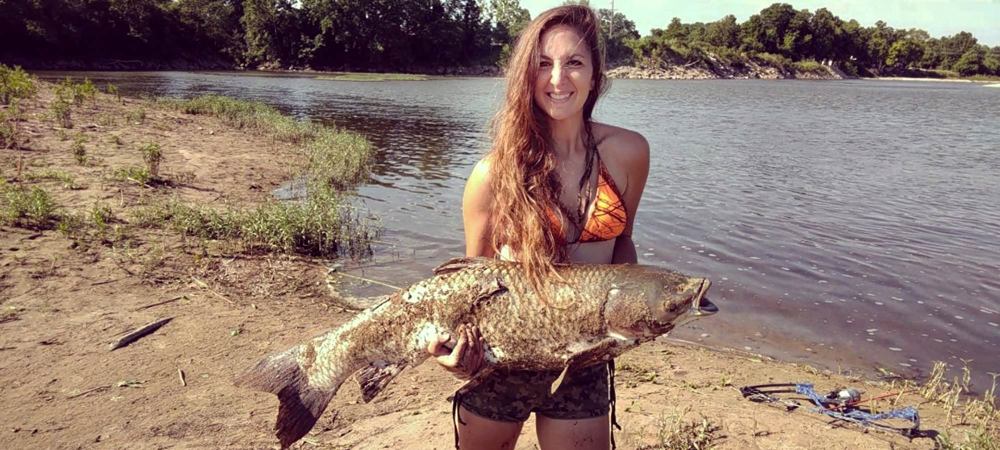We may earn revenue from the products available on this page and participate in affiliate programs. Learn More ›
No less than once a week, I see a thread somewhere relating to the topic of a bowhunter’s (or rifle hunter’s) maximum “ethical” shot range. Although the topic is relevant across both disciplines, we’ll stick with bowhunting for this discussion.
There are few topics debated amongst bowhunters more than this, especially with the advancements of compound bows and other equipment, making it much easier for the average guy to make shots that once were attainable only through a serious amount of practice. Although some folks take it way too far, I believe civil debate and discourse on this and many other subjects is good for us as hunters. I believe the “ethical” shot distance is a very fluid thing. It is different for everyone, every situation, and changes according to each person’s level of proficiency at any given time. Here’s how I gauge what I consider to be my ethical maximum range with a bow, and how I work to increase it.
I think a person’s max range can be broken down into three major factors, all of which culminate in that stew that gives us our “number.” Here they are:
1. Shooting Proficiency
The key to making a clean kill is obviously putting the arrow right where we want it. I think the first indicator for a person’s ideal maximum range is how far they are able to put a very high percentage of arrows inside the kill zone of the animal they are hunting. We all make mistakes and have bad shots, but if you are consistently putting at least 8 or 9 out of 10 arrows in the kill zone at a given range, you’re doing pretty well.
How to Improve: The key, of course, is practice. A good, consistent shooter will almost always outshoot a sometimes very good, but inconsistent shooter. This is especially magnified with traditional bows, where any tiny mistake can mean the difference between an X and a miss. I do a lot of blank bale shooting (blank bale video link) to improve and maintain consistency in my shot sequence and it helps more than shooting at a target.
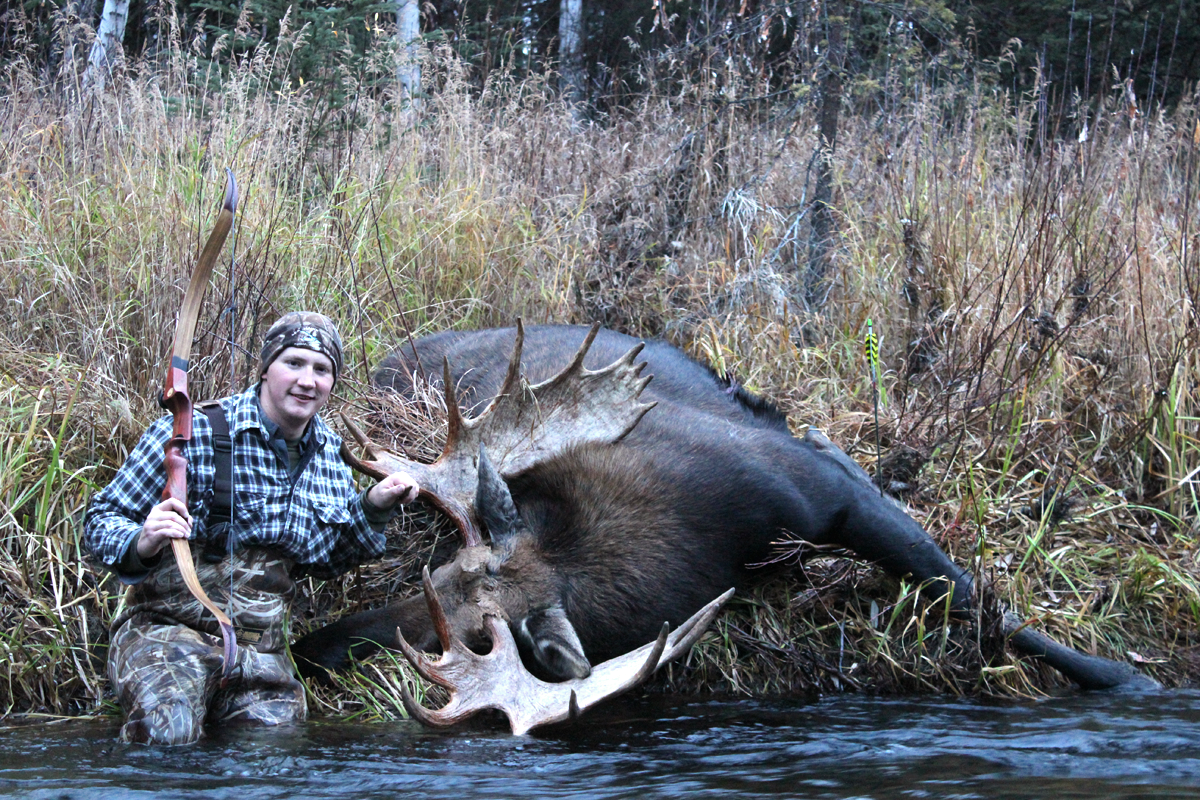
2. The Animal
Of course, different animals have different-sized kill zones, and you need to be able to hit it for the animal you are hunting. However you also should try to learn to read animals. In arguments against longer shots, I hear the argument that the animal has time to move before the arrow gets there. Yes, but many animals can and do move very quickly at short range and result in a wounding shot just as easily. It helps a lot if you know the species’ behaviors and can read whether they are relaxed, jumpy, etc. This can help you determine whether or not there is a high likelihood that the animal might move before the arrow gets there.
3. The Conditions
Conditions play as much of a factor in what your max range for a given situation as anything. I may be able to consistently put a killing shot on a feeding brown bear at 40 yards on a calm day, but if the wind is howling, it’s a shot I should not take. If you have practiced it a lot, you may be very good at “doping the wind,” but I’m not, so I won’t take that shot. Thick cover is also something to take into consideration. My first moose with a bow was 45 yards with my recurve, and the only one I’ve ever lost was one at 15. I was sure I could thread an arrow through the willows, but my arrow hit one I didn’t see. I should not have taken that shot, even though it was very short range.
How to Improve: Simply practice shooting a lot in situations where you have some sort of obstacles such as tree branches, etc. It won’t give you a pass to sling arrows through trash, but it will help you get a feel for what shots you can make and what you shouldn’t take.
Again, a person’s maximum ethical range with a bow is a very personal thing, and is not applicable across the board. It’s something that we have the responsibility to figure out and adhere to. We will all eventually make a bad shot. We are human, and hunting is full of everything but certainties. Many folks get a certain number stuck in their head, when in reality, the “ethical” shot is a very dynamic thing, and to truly adhere to what it is, one must understand that it is a culmination of factors. Sometimes a bowhunter may take a 60+ yard shot that is completely ethical, and sometimes that same bowhunter may be presented with an opportunity at 10 yards that he or she has no business taking. With practice, you can dramatically increase your effective range, but remember that every shot is different, and each one has to be evaluated by itself.

